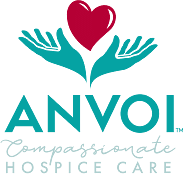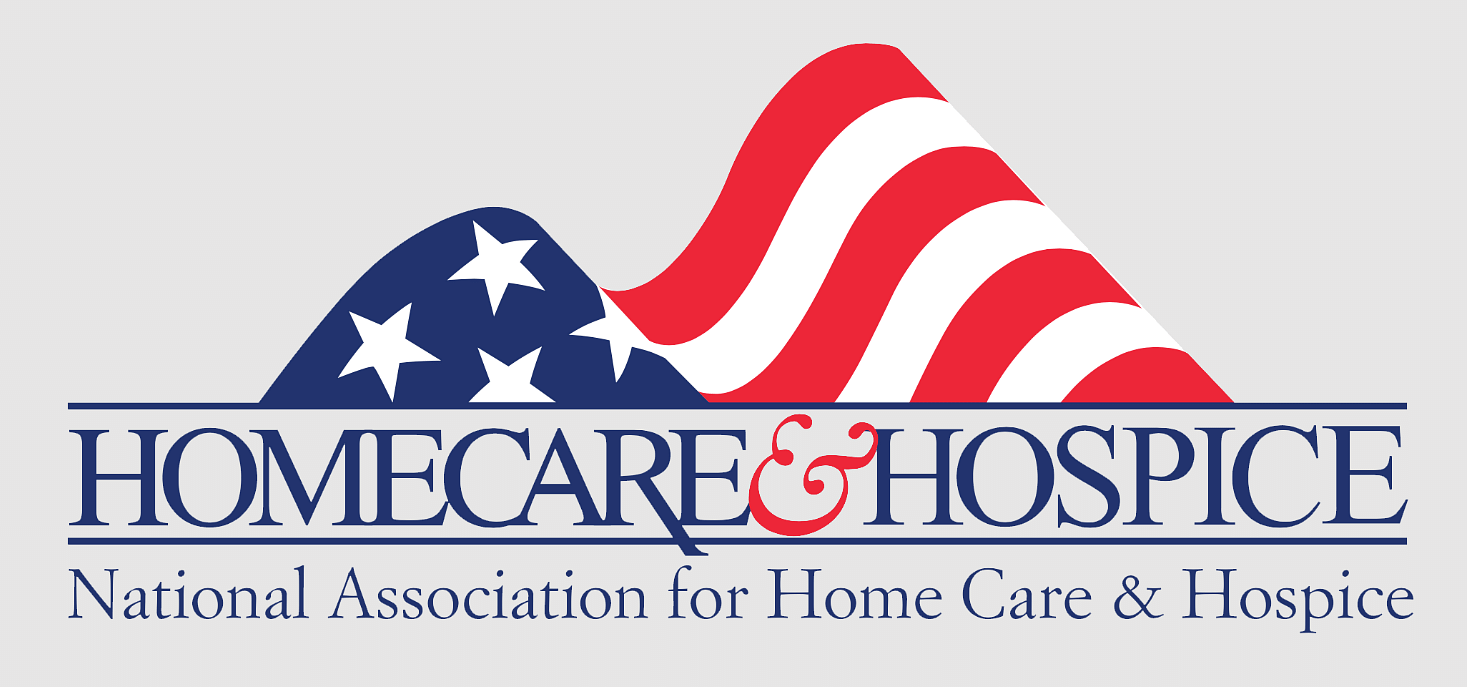How to Qualify for Hospice Care: Steps to Meet the Requirements
Families reach a turning point when treatment goals shift from cure to comfort, and clarity about eligibility can ease the path forward. Hospice exists to support quality of life during a serious illness, yet many people wait longer than they need to because the rules seem confusing. That’s why the caring professionals at Anvoi Hospice are here to help break down the steps, criteria, and practical preparations that make qualifying for hospice care straightforward, compassionate, and timely.

Who Is Hospice For?
Hospice is designed for people living with a life-limiting illness for which the focus has turned to comfort, symptom relief, and support for both the patient and the family. The person may still receive treatments that reduce pain, shortness of breath, anxiety, nausea, or other symptoms. Treatments that aim to cure the terminal condition are usually not pursued once the hospice benefit is elected, which allows the care team to concentrate fully on comfort, dignity, and meaningful time at home or in a homelike setting.
What Are the Core Eligibility Rules?
Hospice eligibility typically rests on three pillars that work together:
- A physician certifies that the individual is living with a terminal illness with an expected prognosis of approximately six months or less if the disease follows its typical course.
- The individual elects hospice care, which centers on comfort rather than curative treatment for the terminal diagnosis, while still allowing treatment for other unrelated conditions.
- The clinical picture supports the prognosis, including recent health changes, functional decline, weight loss, frequent hospitalizations, or increasing need for assistance with daily activities.
These pillars establish the medical and personal framework for enrollment while keeping the person’s goals at the center of the plan.
How Does Insurance Coverage Work?
Most people qualify for hospice through Medicare Part A, Medicaid, or private insurance. Coverage usually includes the hospice team’s clinical services, medications related to the terminal diagnosis, medical equipment, and supplies needed for comfort and safety at home. There are no large out-of-pocket surprises in most situations, and families often find that hospice actually reduces emergency room visits and unplanned hospital stays because support is already in place.
Documents that Help Confirm Eligibility
- Admissions can move faster when families gather a few items in advance such as:
- A current medication list, including doses and schedule
- The most recent clinic notes, discharge summaries, or test results
- Contact information for primary and specialty physicians
- A summary of changes over the past three to six months, such as weight, mobility, appetite, or hospital visits
- Any advance directives, medical power of attorney, or living will
Step-By-Step Example Process to Qualify for Hospice
- Make the Call: Reach out to Anvoi Health to request a no-obligation evaluation. A nurse will gather background information, answer questions, and schedule a visit.
- Clinical Evaluation: A hospice nurse meets the patient wherever they live to assess symptoms, function, safety needs, and goals, while reviewing medications and recent medical history.
- Physician Certification: The attending physician and the hospice medical director review the case and certify the prognosis if criteria are met. If the picture is not yet clear, the team may request additional notes or suggest close monitoring.
- Benefit Election and Care Planning: Once eligibility is confirmed, the patient signs a hospice election form. The team builds a customized plan of care that may include nursing visits, social work support, spiritual care, home health aide services, volunteers, and on-call help day and night.
- Delivery of Equipment and Medications: Medical equipment and comfort-focused medications arrive quickly to stabilize symptoms and improve safety at home.
- Ongoing Reassessment: Hospice continues while the person meets eligibility criteria, with regular clinical reassessments to ensure the plan remains aligned with needs and goals.
Clinical Signs Often Support Eligibility
While every person’s journey is unique, certain patterns commonly point to hospice readiness regarding various illnesses and medical conditions:
- Cancer: Progressive disease despite prior therapies, declining performance status, uncontrolled symptoms, or weight loss.
- Heart Disease: Advanced heart failure with frequent symptoms at rest or with minimal activity, repeated hospitalizations, or poor response to optimized medications.
- Lung Disease: Severe shortness of breath, oxygen dependence, limited activity tolerance, frequent infections, or rapid decline despite inhalers or other therapies.
- Dementia: Need for assistance with most daily activities, limited speech, difficulty swallowing, weight loss, or recurrent infections.
- Neurologic Conditions: Progressive weakness, swallowing issues, respiratory compromise, falls, or recurrent hospital visits in conditions such as ALS, Parkinson’s disease, or post-stroke complications.
- Liver or Kidney Disease: Progressive decline, refractory symptoms, frequent fluid accumulation, confusion related to organ failure, or reduced response to standard treatments.
These signals help clinicians document the broader story that supports the six-month prognosis when the illness follows its usual course.
What Happens During the Hospice Evaluation?
The evaluation focuses on understanding the whole person. The nurse gathers medical facts and listens to the patient and family describe goals, worries, and daily realities. Vital signs, weight trends, mobility, and symptom patterns are reviewed, and home safety is assessed to prevent falls or strain. The team determines which services will reduce distress most effectively, then confirms eligibility with the hospice medical director and the patient’s attending physician.
However, hospice should never feel like an all-or-nothing doorway. If the clinical picture does not meet criteria on the day of evaluation, the team can offer palliative care recommendations, share safety tips, suggest community resources, and schedule a follow-up check. Families appreciate this supportive bridge, since needs often evolve over weeks rather than days. Calling early gives time to plan, educate, and avoid crises.
What If the Patient Improves After Enrollment?
Improvement is always welcome. Hospice care continues as long as the person remains eligible, and many people experience better symptom control, fewer hospital trips, and more stable routines after enrollment. If sustained improvement means criteria are no longer met, discharge from hospice occurs with a warm handoff to other services. Re-enrollment can happen later if the illness progresses again. The goal is the right care at the right time.

How Can Families Talk to the Physician About Hospice?
Clear, respectful conversations move the hospice process forward. Here are some topics that are winners for those asking their doctor about hospice care:
1) Share specific changes observed over the past months, such as diminished appetite, increased sleep, or difficulty walking across a room.
2) Describe what matters most now, whether that is comfort at home, fewer procedures, or more time with family.
3) Ask whether the illness is likely to continue progressing and whether a hospice evaluation would help align care with current goals.
4) Request that recent notes and test results be sent to the hospice team to support a prompt review.
These steps keep everyone on the same page and speed up certification.
Common Hospice Myths
Misinformation can delay meaningful support during a challenging season.
Myth: Hospice means giving up.
Reality: Hospice means choosing comfort, support, and expert symptom relief while maximizing time at home.
Myth: Hospice is only for the final days.
Reality: Many patients receive hospice for months, which allows time to stabilize symptoms, strengthen routines, and create meaningful moments.
Myth: Hospice will stop all medications.
Reality: Medications that relieve symptoms and support quality of life continue, and the team simplifies the regimen to fit current goals.
Myth: Hospice is too expensive.
Reality: Most costs are covered by Medicare, Medicaid, or private insurance, including equipment, supplies, and medications related to the terminal diagnosis.
When to Reach Out for Hospice Help
The best time to call hospice is often earlier than people think. Waiting until the final days can shortchange comfort, deprive families of timely education, and increase the risk of urgent hospital visits. Calling when decline becomes noticeable or when treatment goals have shifted allows the team to manage symptoms proactively, put safety measures in place, and support the caregiver from the start.
Anvoi Health simplifies the process by pairing clear communication with rapid, compassionate response. The admissions team coordinates with physicians, gathers records, and explains benefits in plain language. Nurses and social workers listen first, then tailor the plan to the person’s daily realities, whether that means more aide time for bathing, frequent nursing visits for complex symptoms, or spiritual care to help navigate tough emotions. The result is a seamless start that centers on comfort, dignity, and practical support.
Ready to Talk About Hospice?
If you believe comfort has become the priority, reach out to Anvoi Health today. A short call starts a thoughtful process that respects your goals, clarifies eligibility, and brings the right resources to your door. The team will review recent health changes, coordinate with your physicians, and craft a plan that relieves symptoms while supporting your family. Choosing hospice is not about giving up; it is about choosing time that feels more like home, with experts who know how to protect it.
Our Locations
Areas We Serve
Testimonials
What People Are Saying
Our interdisciplinary team of physicians, nurses, social workers, chaplains, volunteers, and other medical professionals are trained to provide physical, emotional, social, and spiritual support to patients and their families. We’ve helped countless individuals through difficult times.









